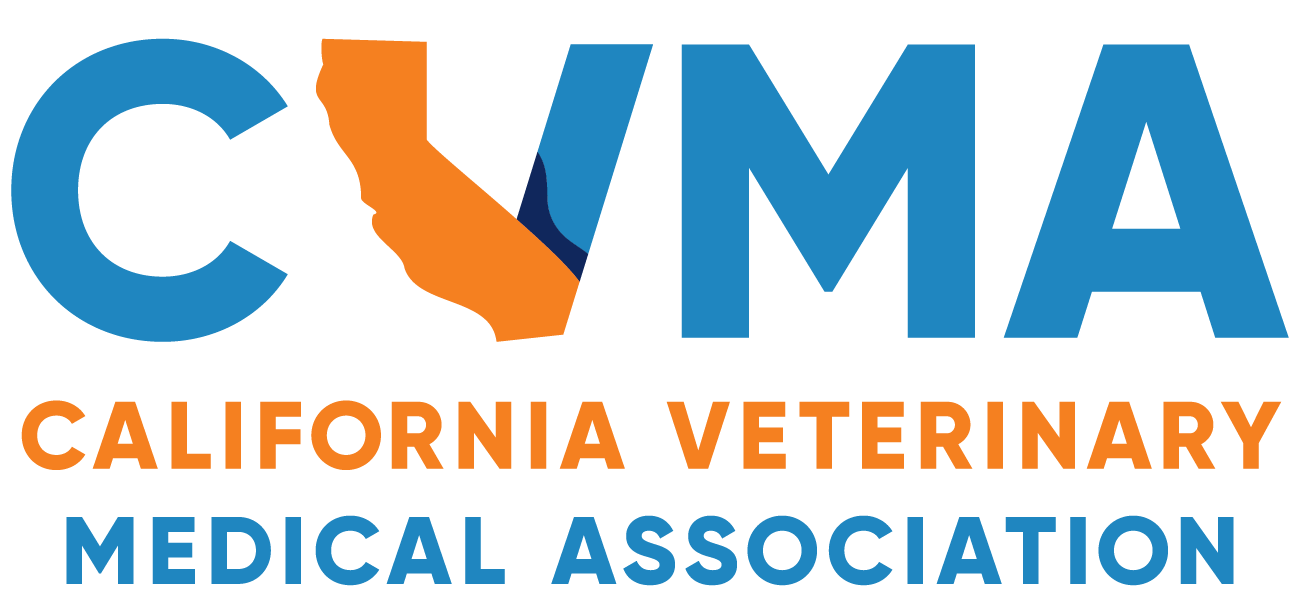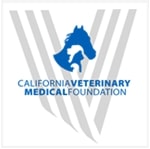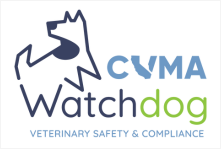This article was originally printed in the Sept/Oct 2025 issue of the California Veterinarian magazine.
 Foreword: What Is Access to Care? By Dr. Peter Bowie, CVMA President
Foreword: What Is Access to Care? By Dr. Peter Bowie, CVMA President
“Access to Care” is not just a trendy catchphrase—it has a long history. Common usage of the term began during the 1960s, primarily as a means to improve the availability of health care to the elderly and the poor. Related efforts to increase such access ultimately resulted in Medicare and Medicaid. Gradually, access to care has expanded to other groups that struggle to acquire adequate healthcare.
As veterinary costs have increased, access to veterinary care has become an issue for the veterinary community as well. Access to veterinary care refers to the ability of pet owners to acquire the care they want for their pet in a timeframe that meets their needs, overcoming barriers to that care like financial constraints, transportation issues, language barriers, cultural dissonance, and others.
The veterinary profession is already, sometimes unknowingly, familiar with access to veterinary care issues since veterinarians are confronted with client constraints on a daily basis. As veterinarians improvise to accommodate various client needs, it is important to recognize where the “ice gets thin” in order to avoid legal pitfalls that may ensue when trying to balance client needs with patient care that meets a minimum standard. This article serves to assist veterinary professionals in maintaining that delicate balance.
Within the overall rubric of “access to veterinary care,” several related terms become part of the veterinary vernacular: “Contextualized care,” “spectrum of care,” and “incremental care.” Spectrum of care refers to the wide range of care options veterinarians can provide.
Practicing across the spectrum of care involves tailoring evidence-based care options based on contextual factors, such as client goals, abilities, and resources, as well as patient, veterinarian, and practice factors. In practice, spectrum of care is used by veterinarians each time they outline all care options—from the gold standard to the minimum standard—to clients, and then work with them to choose the best fit for the given situation.
Metaphorically speaking, spectrum of care may be thought of as a food menu that includes a range of less expensive choices to more expensive choices. All choices are palatable (safe), and the client can choose whether they want a modest meal or a steak dinner.
Incremental care is a patient-centered approach that focuses on providing the best possible treatment within the constraints of limited resources and client needs. It emphasizes a practical, problem-solving approach to veterinary medicine, especially when full, “gold standard” care is not feasible. One may also think of it as a “step-by-step” approach to addressing an issue, using scientific knowledge and clinical experience to determine which therapy should be recommended and tried first.
Referring back to the menu metaphor, incremental care would be starting with one (likely less expensive) menu item, then determining if it is enough to complete the meal. If not, the consumer can then go on to order another menu item, and so on and so forth until they are satisfied.
Contextualized care is a way of delivering veterinary care that acknowledges different ways to approach the diagnosis and treatment of an animal, depending on the circumstances of the individual animal and their caregivers and the context in which the care is delivered. It builds on evidence-based veterinary practice, which combines clinical expertise with the most relevant and best available scientific evidence, patient circumstances, and caregiver/owner circumstances.
One example is running preanesthetic bloodwork on a geriatric or sick patient but omitting it for a young or healthy patient. Again using the menu analogy, contextualized care is akin to the server pointing out menu items that may be a better fit based on the dietary needs of the consumer. For instance, someone may be able to skip the appetizer course and go right to the steak dinner if they don’t need that much food.
By default, most veterinary practices tend to focus on striving to provide a “gold standard” of veterinary care, which does not always prioritize less expensive services. Gold standard veterinary medicine is expensive to provide, such that most services cannot be discounted or provided free of charge. Therefore, implementing some type of access model, whether it be incremental care or others, can benefit all parties.
Patients may be able to receive some quality form of treatment versus not being treated at all, thus enabling veterinarians to help more animals instead of being sidelined. When successful, a modified approach to how veterinarians manage their cases through access models can forge long-lasting and healthy veterinarian-client-patient relationships.
Should veterinarians choose to implement spectrum of care, incremental care, or contextualized care into their practice model, they should be mindful that falling below a minimum good and acceptable standard of care can have legal consequences. In other words, a veterinarian can only bend and give so much to accommodate a client’s constraints before drawing a line on what they must do in order to deliver a minimum standard of care.







 Foreword: What Is Access to Care? By Dr. Peter Bowie, CVMA President
Foreword: What Is Access to Care? By Dr. Peter Bowie, CVMA President

